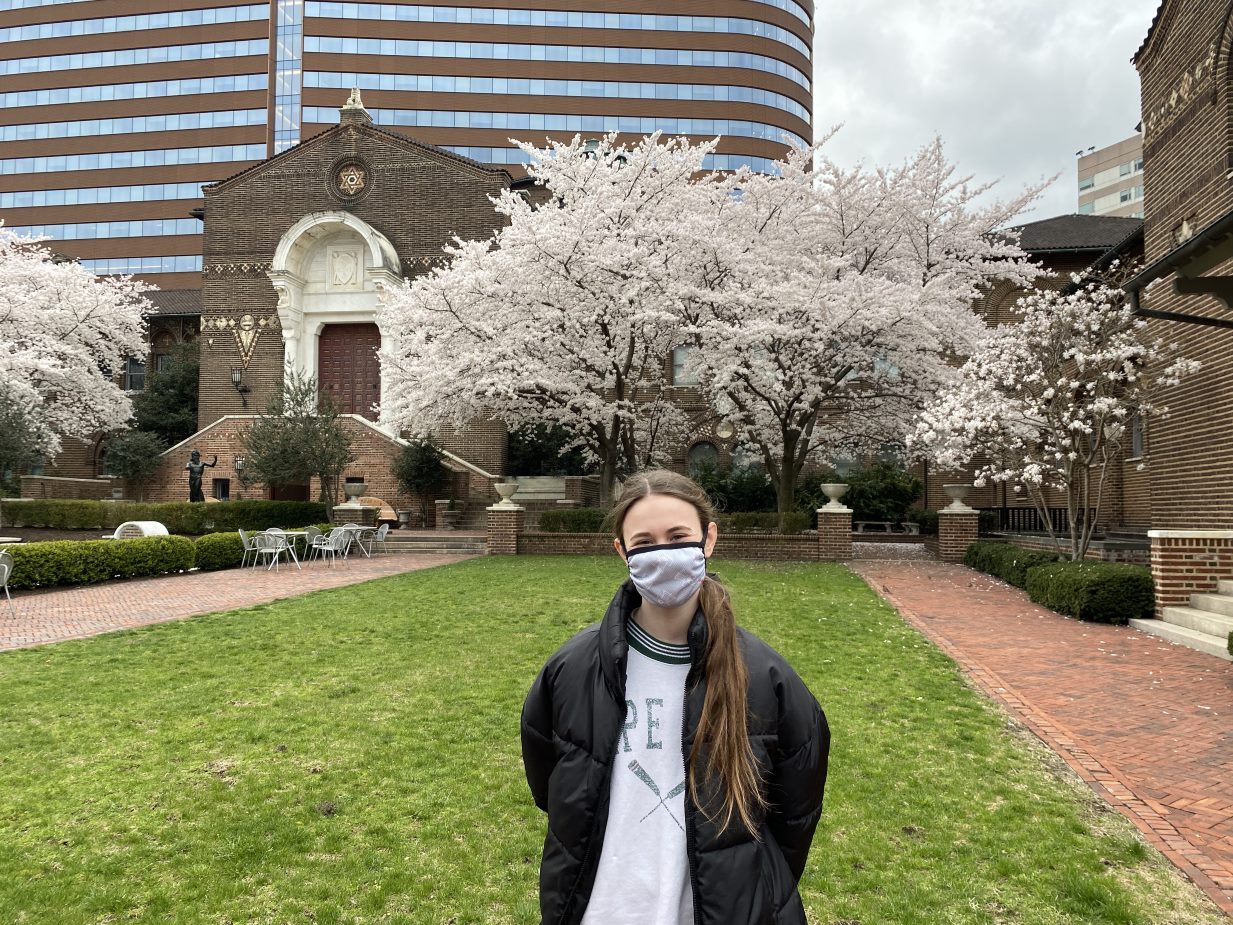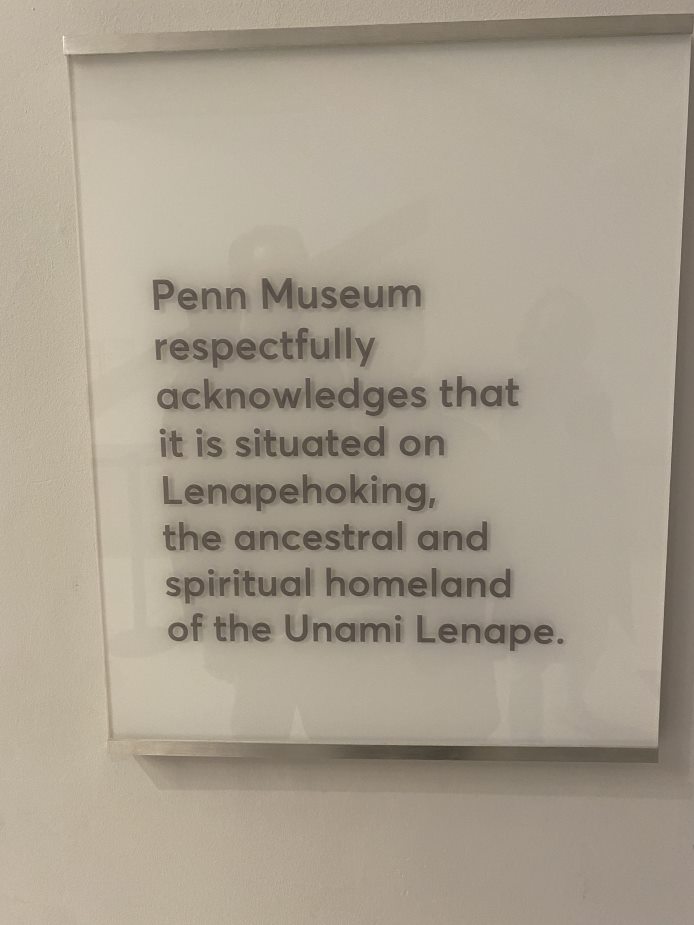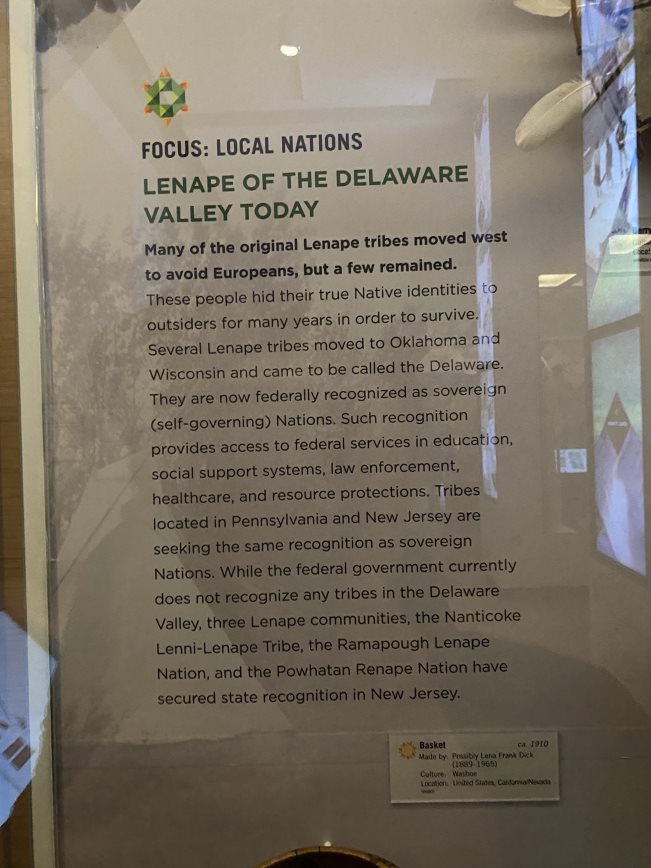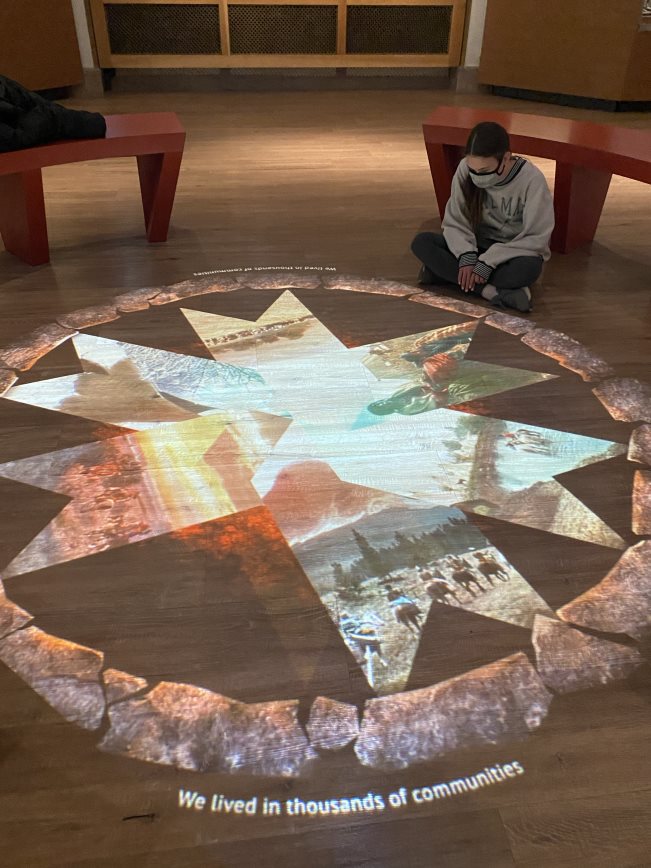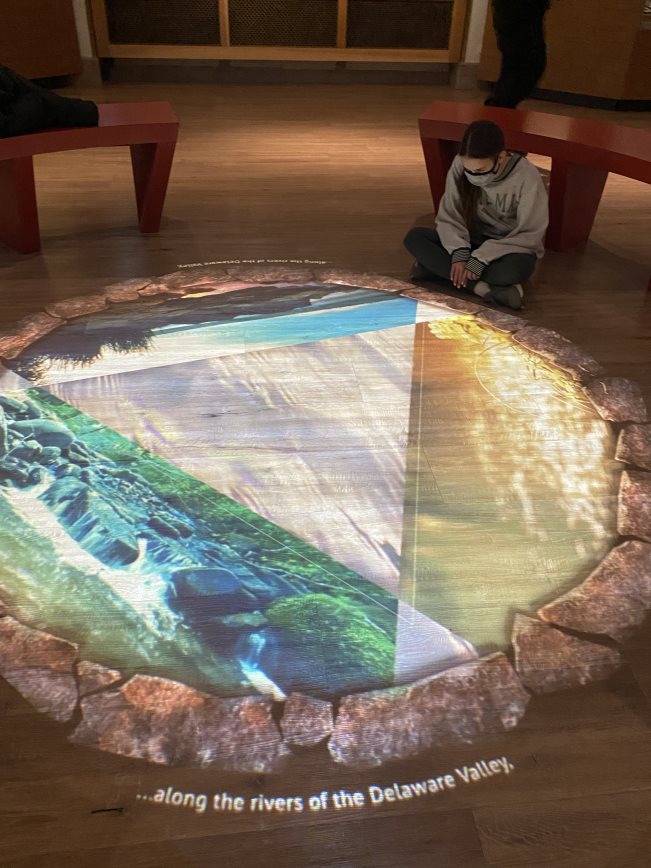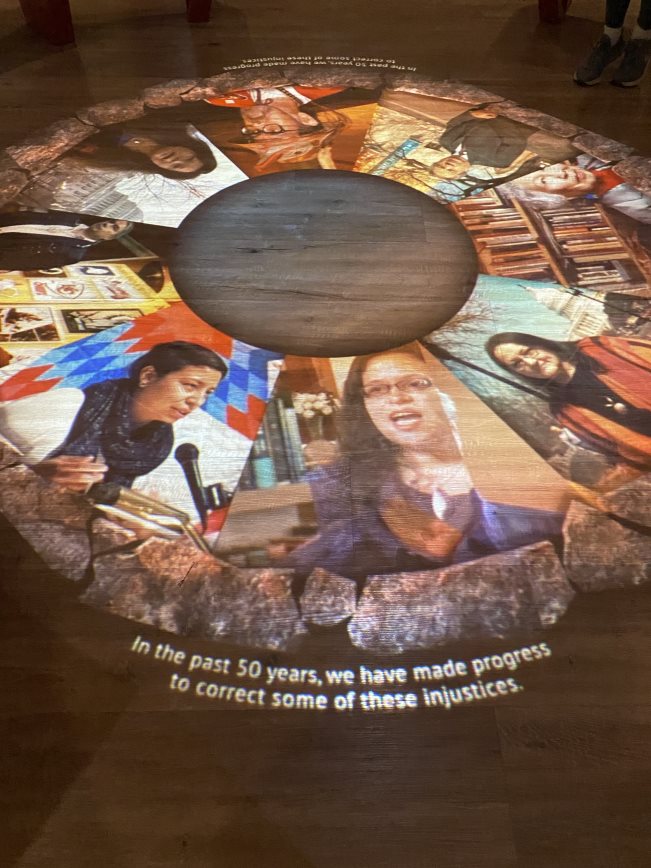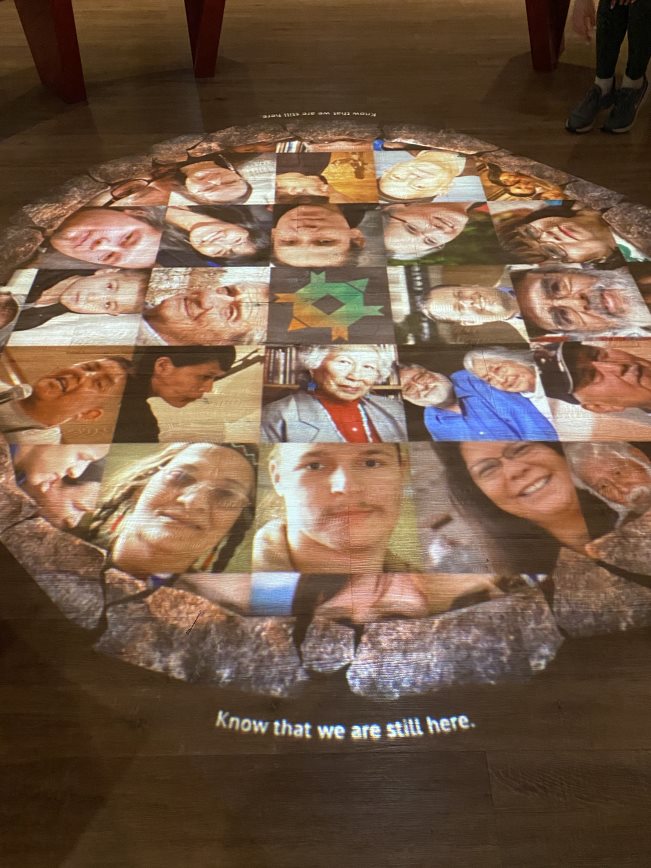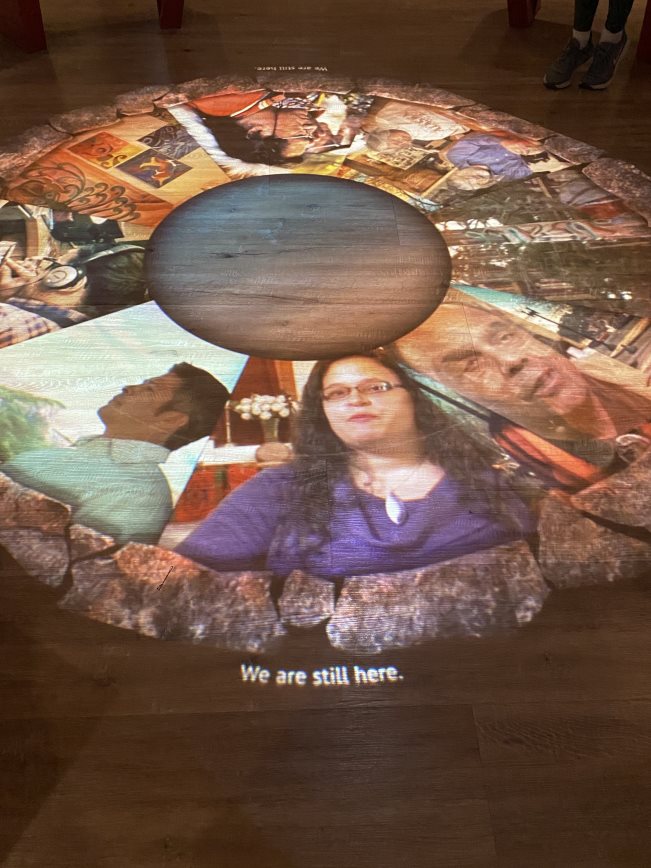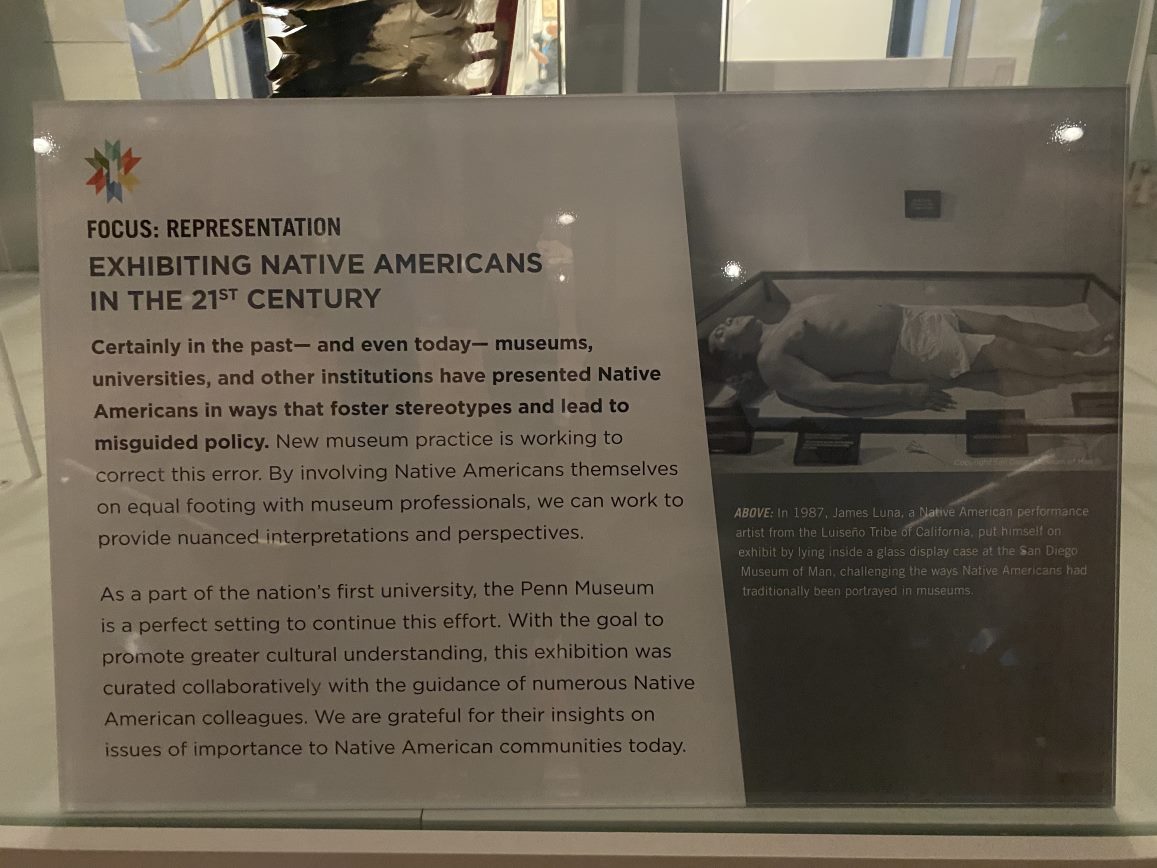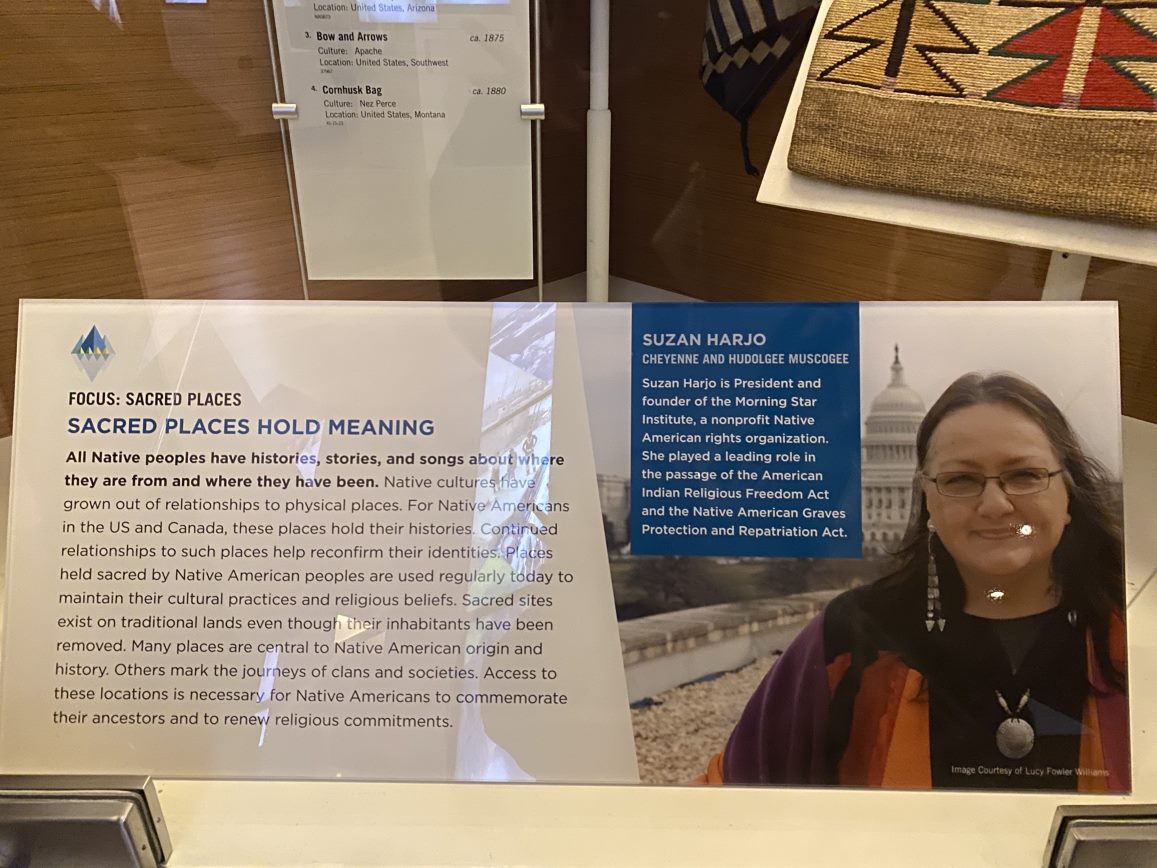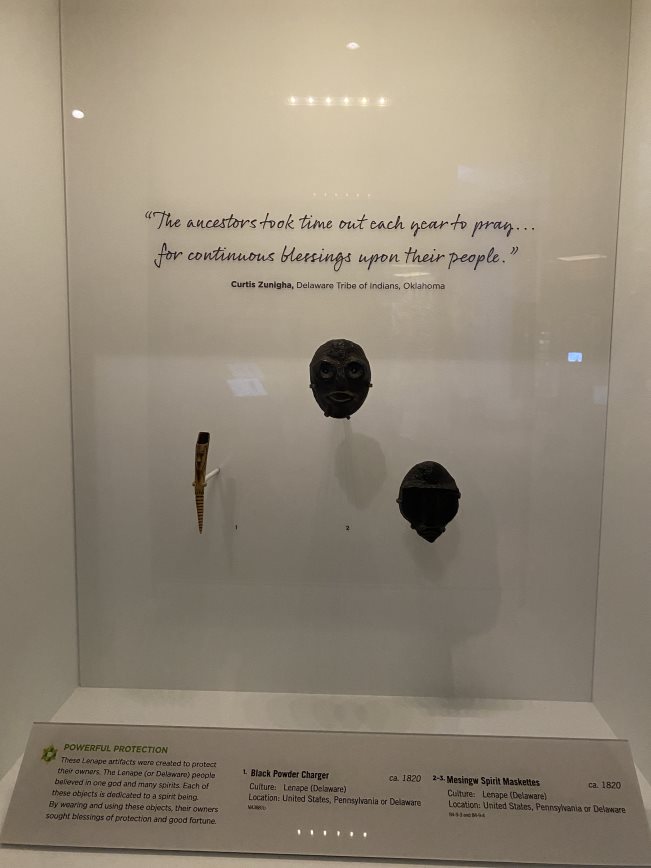Healing Through Repatriation: the Debates and Diplomacy Behind the Native American Graves Protection and Repatriation Act
NAGPRA's Legacy
"They are survivors - regaining control of their lives by regaining power over their past. NAGPRA does not heal; the process does."
~ Chip Colwell, Author and Former Senior Curator of Anthropology at the Denver Museum of Nature and Science
"Repatriation is not an endpoint so much as a process. Each case is a choice between resistance and respect. Each case is a new struggle to meaningfully come to terms with history. Each case is an attempt to diminish the culture clash between museums and tribes. Each case offers hope to finally answer who should control the future of the past. Every repatriation is not an end but a change for a new beginning."
~ Chip Colwell, Author and Former Senior Curator of Anthropology at the Denver Museum of Nature and Science
It is estimated that more than 100,000 remains are still held in museums. In its more than 30-year history, NAGPRA has failed to compel the return of a sufficient quantity of remains. Even when both a museum and a tribe reach agreement for a repatriation, the reburial timeline can be very lengthy. For example, the Delaware Tribe was able to tour and hold diplomatic consultations with East Coast museums in 2013. Remains held by these museums were successfully identified as belonging to the Delawares. Reburial of repatriated remains has not yet occurred but is being planned for the spring of 2022 at Pennsbury Manor on the Delaware River.
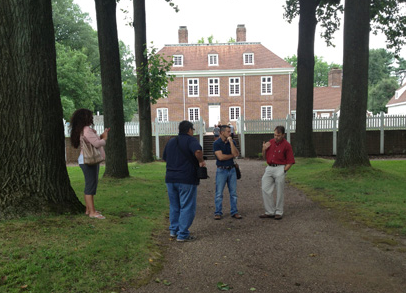
"The Delaware Tribe (and Delaware Nation) are helping Pennsbury Manor to help them better interpret the role of Penn's Lenape neighbors." Delaware Tribe of Indians, 2019
The consequence of NAGPRA’s failed language and its burdensome, bureaucratic repatriation process has been ongoing diplomatic discussions between tribal members and the federal government through public debate by the NAGRPA Review Committee to change the law’s terminology and processes.
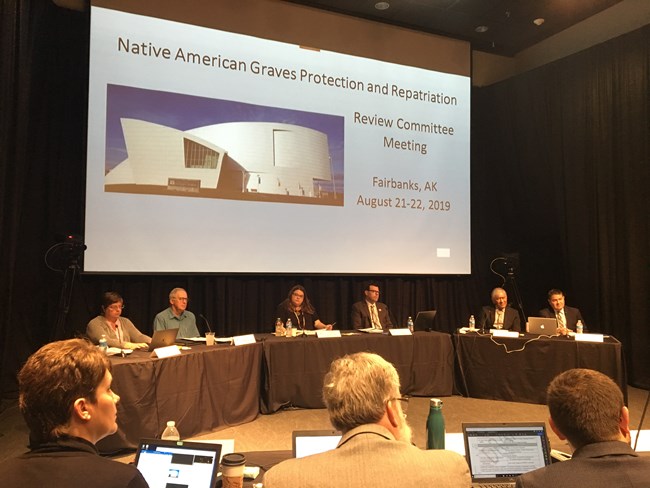
"NAGPRA Review Committee Meeting August 2019." National Park Service, 2019
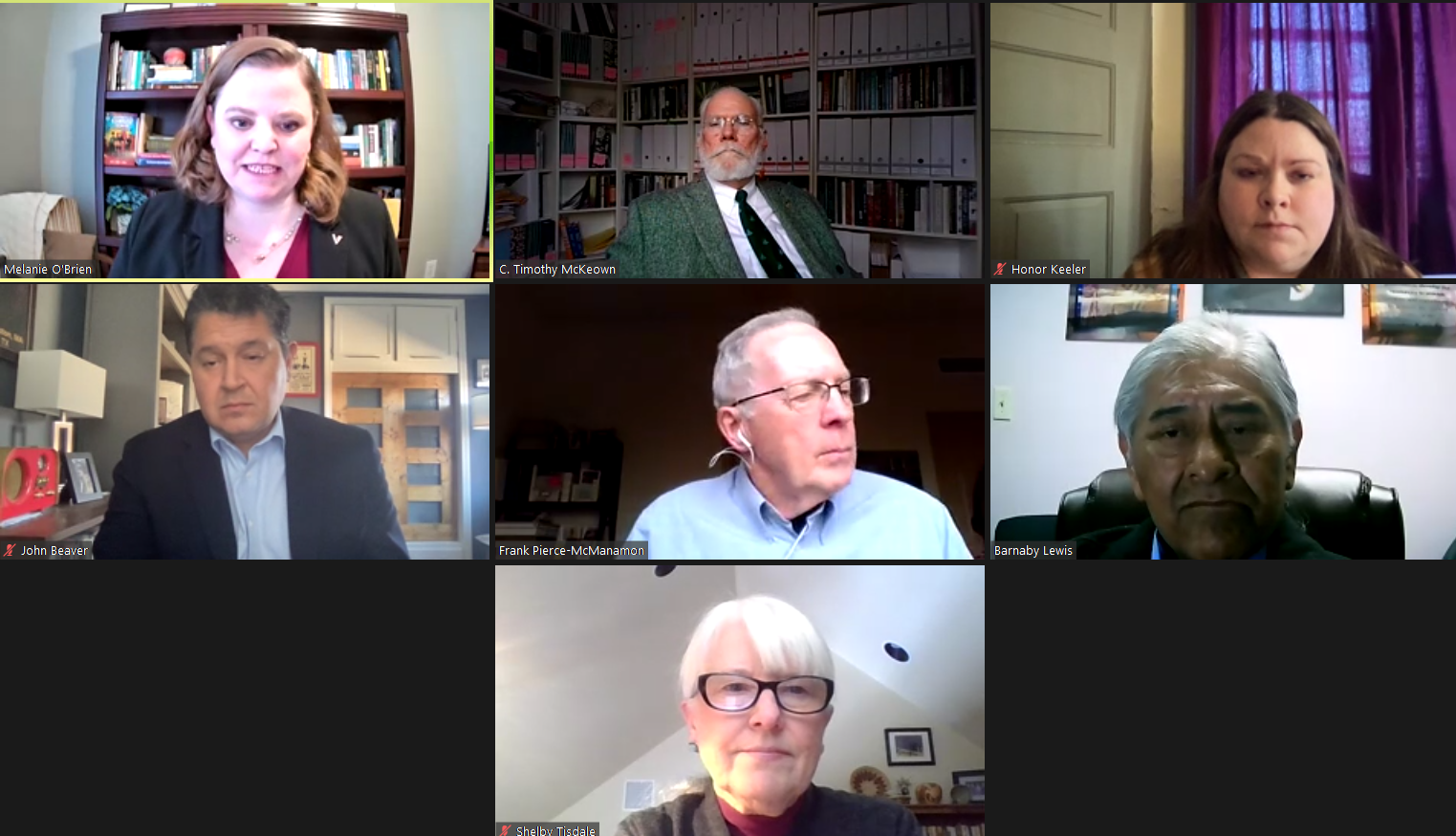
"NAGPRA Review Committee Meeting January 2022." NAGPRA Review Committee, 2022
Despite this unforgivable delay in proper repatriations, NAGPRA was a required step forward for Native Americans in reclaiming what is rightfully theirs. While some museums are still resisting and evading the return of items, other museums now respectfully collaborate with Native Americans to allow them to tell their narrative in museum exhibits. Archaeologists now seek consultations and learn from Native Americans during archaeological digs. Taking control of how their history is exhibited and studied has brought healing to tribes.
"Are we at the point in history where the museum role is changing, and can direct its energies toward working with Indian tribes to reconstruct and revitalize their traditional culture?"
~ John Welles, Denver Museum
"The message I get consistently is not that they want everything back or want to stop all exhibits and research. Rather, what they are asking for is input. They want to be consulted. They want us to talk with them about what happens to the collections."
~ Jonathan Haas, Field Museum
"A Minute with Doug Kiel." Penn Museum, 2019
